
About This Quiz
On the 9th of June 1946, British television changed forever. "Children's Hour," the very first British television programme aimed at an audience of children, first hit the airwaves. It was hosted by Annette Mills and Muffin the Mule, and it was only the beginning. In rapid succession, British television would introduce children to "Bill and Ben the Flowerpot Men," "For Deaf Children" (a programme for the hearing impaired), "Watch With Mother" and "Zoo Quest."
British children's television differed from children's television in other parts of the world, largely due to tastes accustomed to BBC products that were not driven by ad revenue, and thus, had more artistic freedom. Some of these shows remained very much "cult" hits among British audiences and spreading no further than our borders. Still, some of them went on to become globe-spanning international franchises with enormous commercial success.
Everyone remembers the shows of their youth, even if the exact plots are little more than a hazy memory. Kids learn early on about friendship, cooperation and fair play, all within a few hours on Saturday morning. How deeply were you impacted by your childhood television habits? Do you even remember the shows you watched? More importantly, are you sitting comfortably?
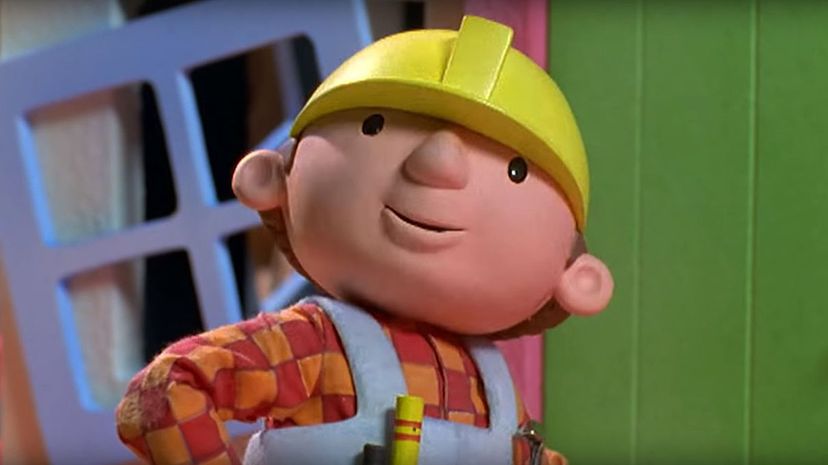
Backed by a team of anthropomorphic machines called The Can-Do Crew, "Bob the Builder" isn't really a show about masonry or carpentry. "Bob The Builder" is a show about teamwork, cooperation and friendship. By living these virtues, Bob and his team can fix any project!
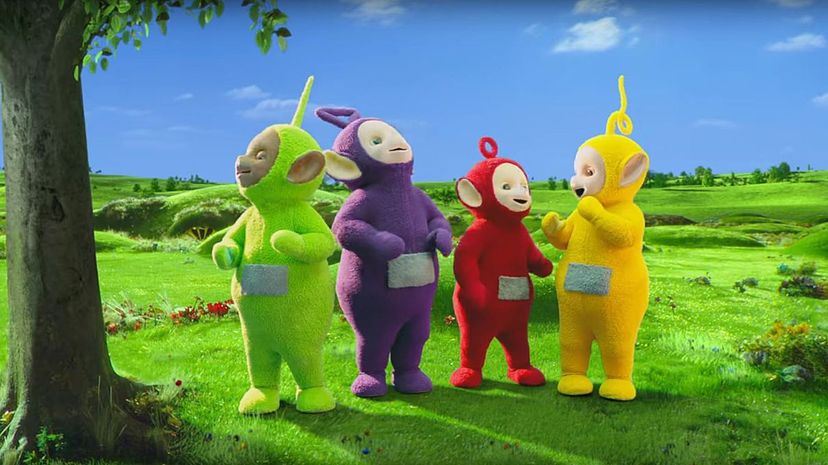
It doesn't get much more surreal than the "Teletubbies." They didn't quite speak any real language. They included Tinky-Winky, Dipsy, Laa Laa and Po. Adults read a lot into the symbolism of the show, especially Tinky-Winky's upside-down triangle, which doesn't make much sense since they seemed to ignore Sun Baby, a literal baby in the literal sun.
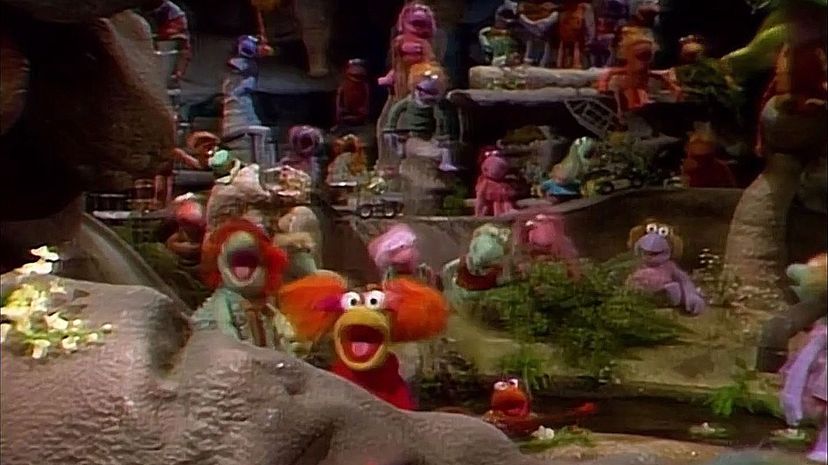
Silly, furry and remembered by generations of children, "Fraggle Rock" was Muppet creator Jim Henson's epic success at creating an international product like his American masterpiece "Sesame Street." Following the Fraggle race (as well as several others), the action centred on Fraggle Rock, a literal rock that formed the home of the Fraggles, who also liked rock and roll. Classic recipe.
Advertisement
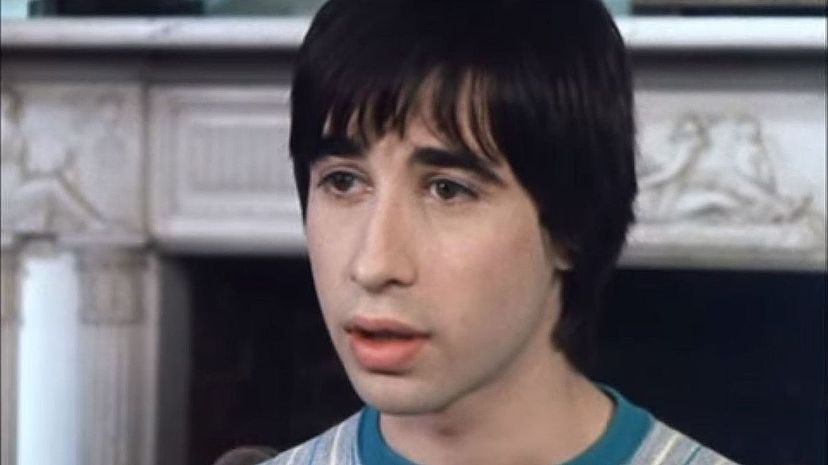
"Codename Icarus" followed the life of young genius Martin Smith, a pupil whose brilliance is harnessed by villain John Doll, the head of Martin's school, to work evil in the world. With spies trying to figure out what was going on, this show was a real thriller, and it held the attention of its audience without talking down to them.
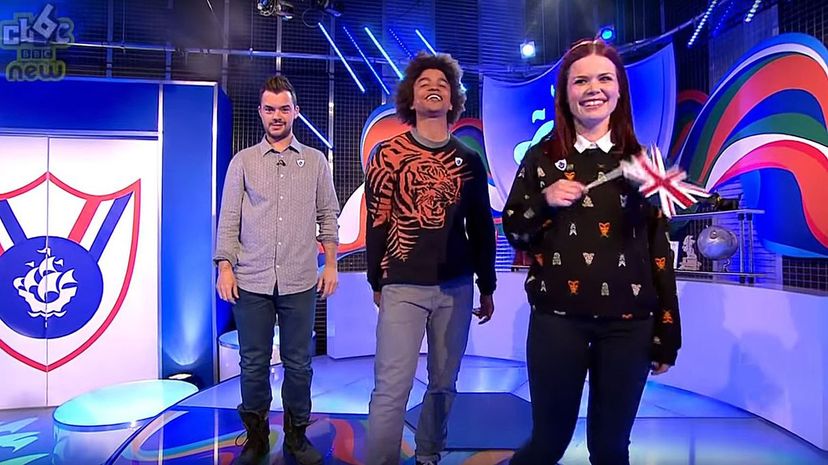
On air since the late 1950s, "Blue Peter" is one of the BBC's greatest programming triumphs. A children's variety programme featuring challenges, arts and crafts projects, animals and celebrity interviews, it had and has something for everyone.
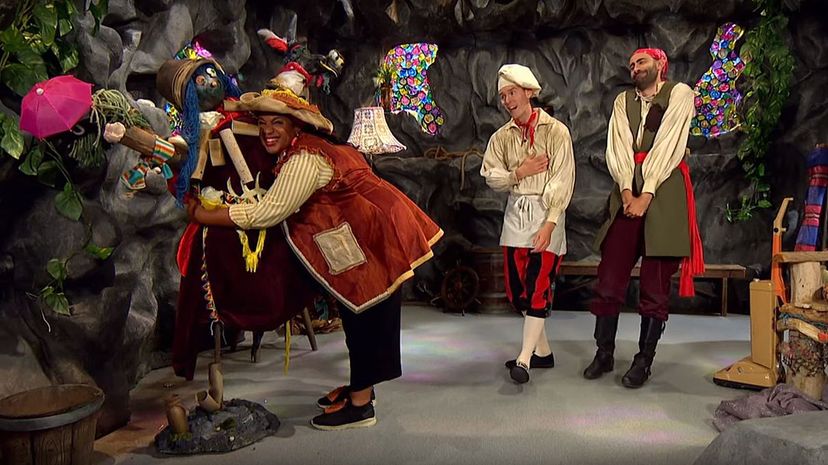
A brilliant show starring some wonderful comic actors, "Swashbuckle" is a children's game show combining games of skill, games of chance, and old fashioned scavenger hunts, and ending with several naughty pirates being forced to dive into a pool of muck. This BAFTA-winning series is still on today.
Advertisement
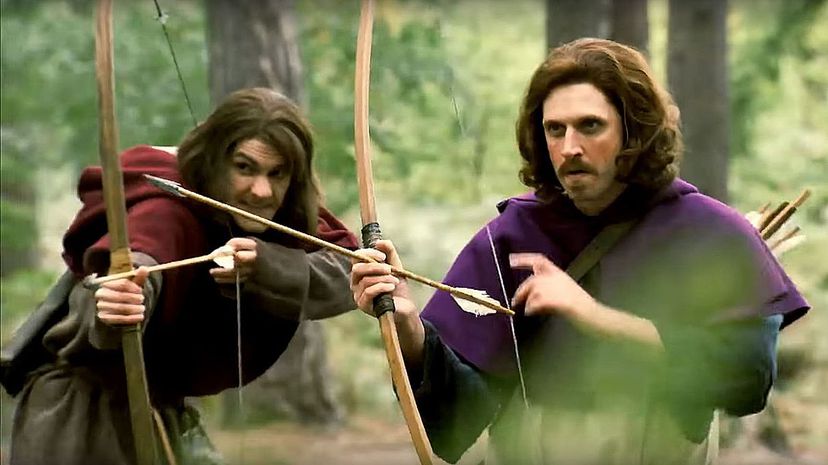
"Horrible Histories" is based on a series of books with similarly alliterated names about history. Starring a cast of comedians, "Horrible Histories" is a joyful romp through history, with jokes left and right.

"Len and the River Mob" was a show that swung firmly from the plot of the series to teach children how to read with transitions that felt a bit rough. Made by the BBC in 1968, the series didn't last long, probably because it hadn't hit upon the not-yet-discovered formula of children's television programming success.
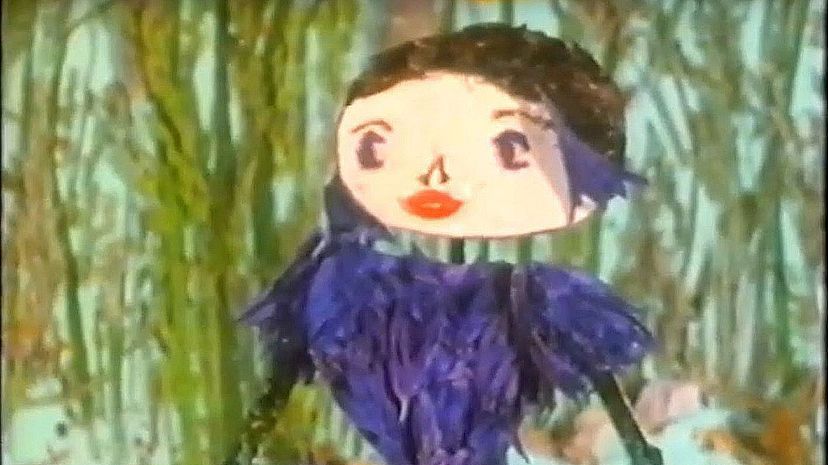
"Windfalls" was a show about nature in which characters comprised of natural plant life lived the story. Only five minutes long and made with expert stop-motion animation, the programme taught children about natural phenomena.
Advertisement
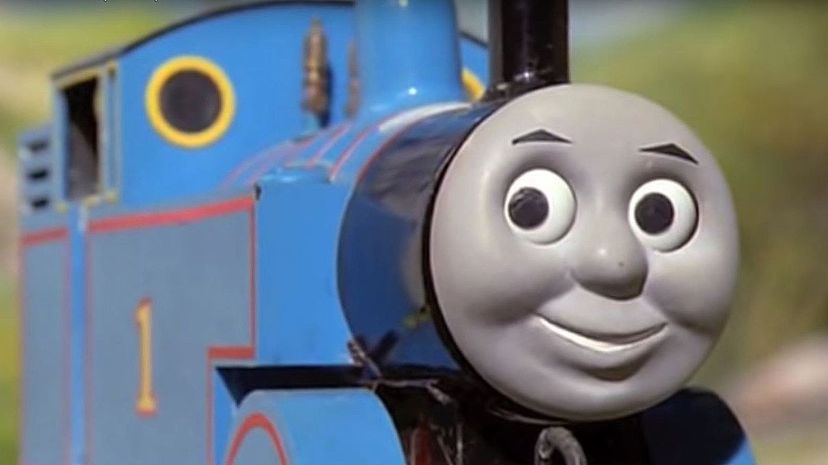
Set on the island of Sodor, "Thomas the Tank Engine" followed the lives of trains, and The Fat Controller, a pseudo-Victorian human who told the trains what to do. The titular Thomas was a young, ambitious train who, bullied by other trains, had to prove himself.
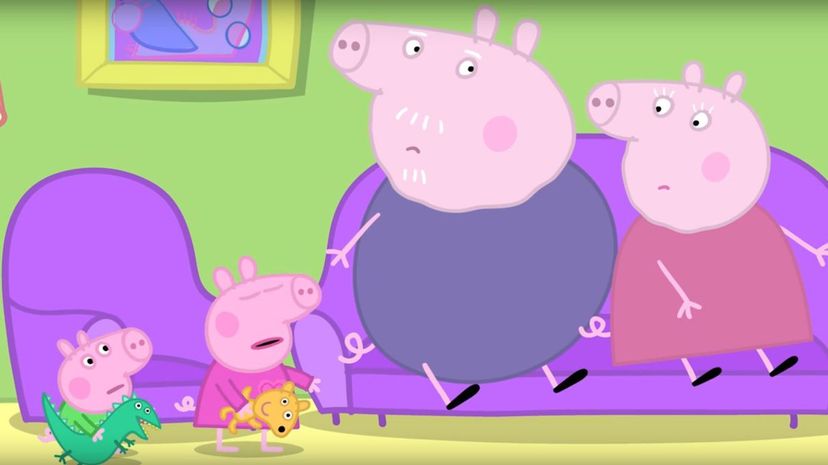
"Peppa Pig" is as inescapable as death and taxes. A mega-hit all around the world, its episodes are short, at five minutes, but after watching a few, one is hypnotised and unable to stop from watching more. Following the title character and her porcine family and animal classmates, "Peppa Pig" has simple stories that always have happy endings.
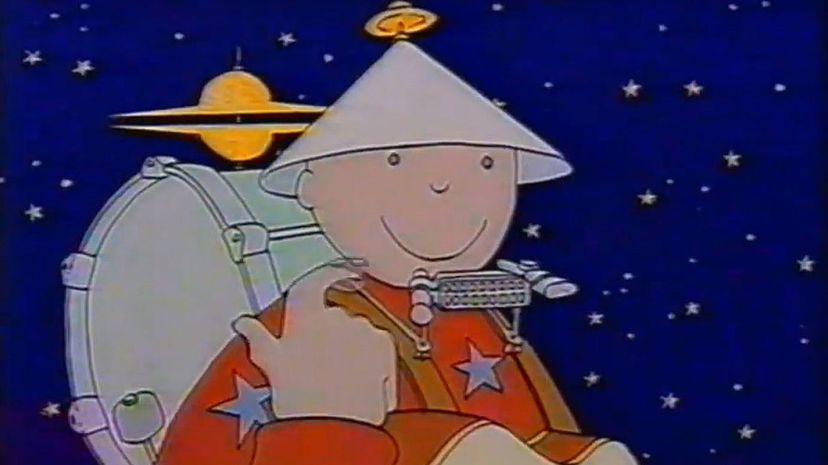
Teaching very young children about science and the joy of learning it is a tall order, but "Over the Moon" was ready to take up the challenge. Covering such diverse subjects as physical states of matter, electromagnetism and gravity, the show was entertaining for children and adults alike.
Advertisement

A claymation show from the studio that created "Wallace and Gromit," and a spin-off in fact, "Shaun the Sheep" follows a group of sheep who get into scrapes with their fellow barnyard animals, a group led by Shaun, who is a sheep. Its popularity has at least equaled that of its predecessor.

Though initially created for and airing on CITV, "Art Attack" now airs over a Disney property. Shot in strange studio sets reminiscent of an Apple commercial, the show's hosts would educate their audience on arts and crafts projects.

Gilbert the Alien was the host of "Gilbert's Fridge," much as he had been a character on "Get Fresh." Off the wall, to put it mildly, the show would swing from the title character cooking from the food items (and snot) in his fridge to interviews, to showing films.
Advertisement
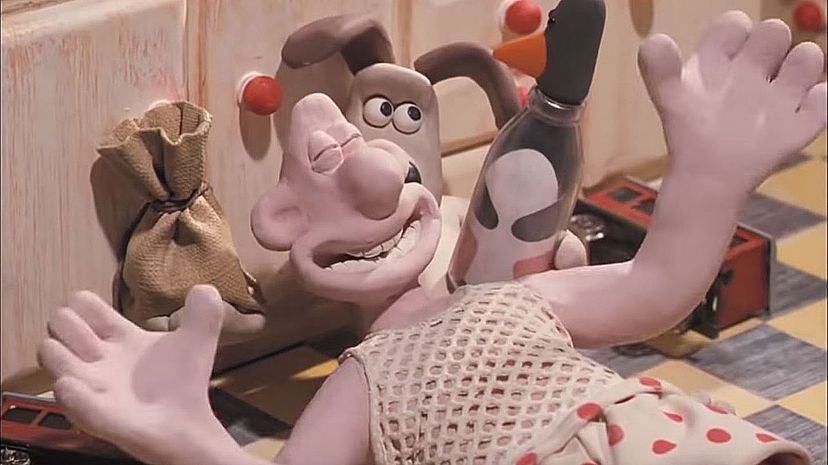
A man and his cowardly dog are the titular characters of "Wallace and Gromit." Their adventures, which included always looking for cheese, were really about their mutual love and respect. The series eventually gave birth to a spin-off and feature films.
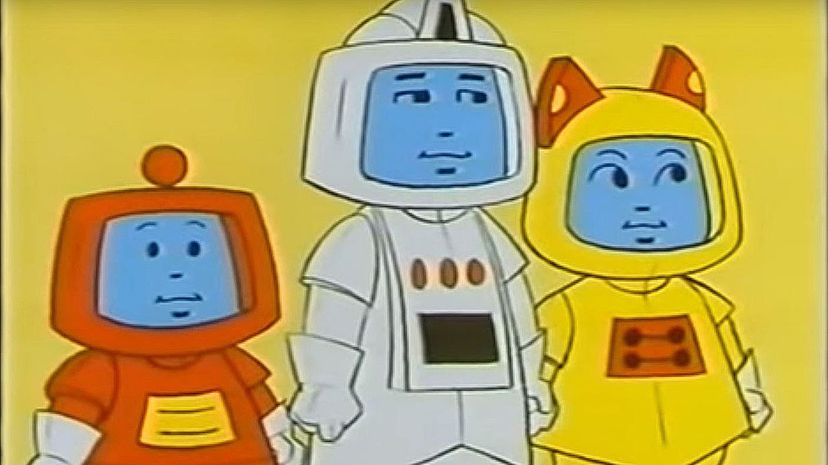
Perhaps the forerunner of "The Teletubbies," "The Telebugs" was a super-short television series about animated robots with televisions for faces, some good, some evil. Created by a character named Professor Brainstrain, characters with names like Samantha and Chip were, nevertheless, acronyms for technological-sounding phrases.
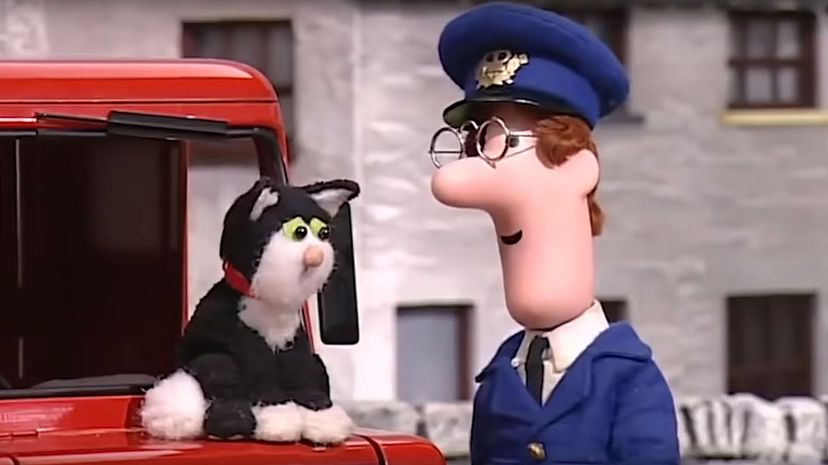
Postman Pat and his black and white cat, Jess, and their adventures on his rounds as a postman were the gentle subjects of "Postman Pat," which was created by legendary animator Ivor Wood. Told with a voiceover, "Postman Pat" is perhaps best remembered by its theme song.
Advertisement
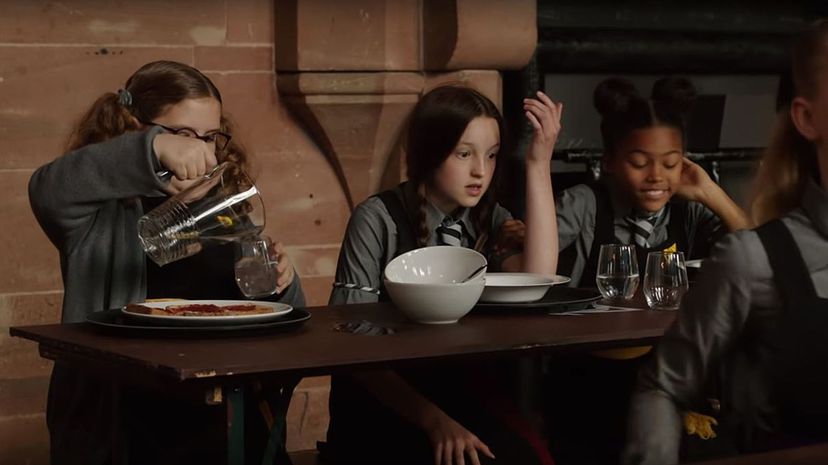
"The Worst Witch" follows the adventure of young aspiring witch Mildred Hubble as she attempts to learn how to be a witch in Miss Cackle's Academy for Witches. Predating the "Harry Potter" series by several decades, the books upon which this series is based were first published in the 1970s.
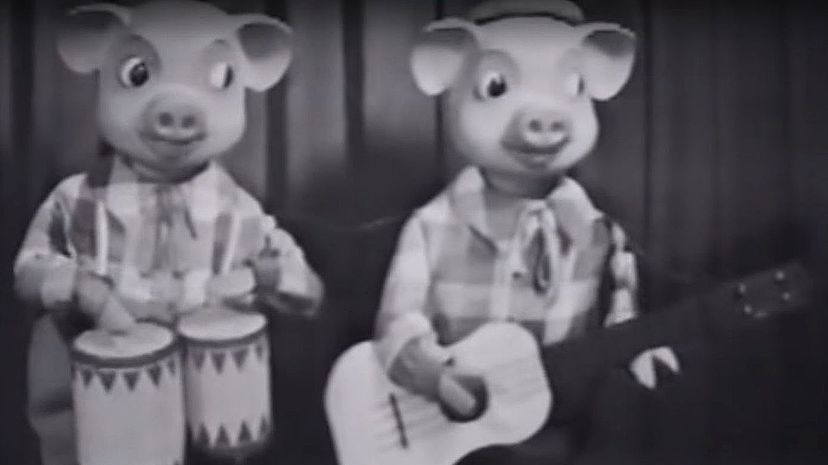
A BBC classic that was canceled and then resurrected, "Pinky and Perky" followed two pigs who ran a TV station. Originally in black and white, the show managed to draw guest stars including The Beatles (yes, those Beatles), and Frank Sinatra.
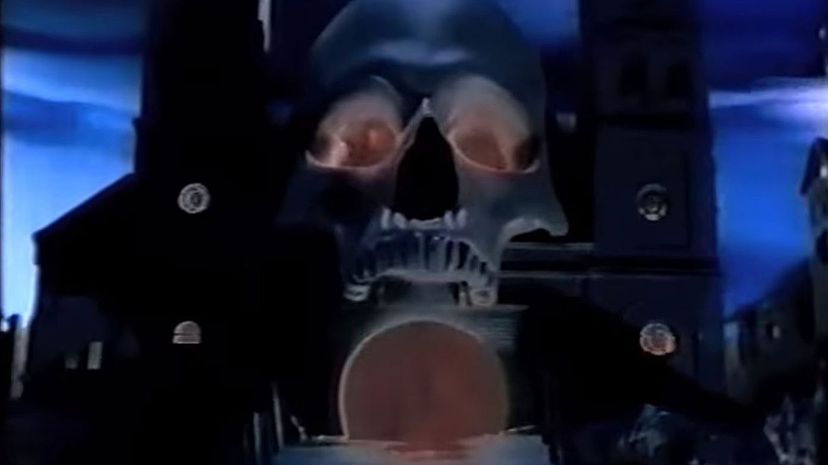
"Ghost Train" was more of an interstitial format than a real television series. It followed a band of heroes who reclaimed the titular ghost train, which was the inheritance of one of the heroes. Once aboard the train, they socialised with the occupants of the train and played episodes of other series, including "Scooby-Doo."
Advertisement
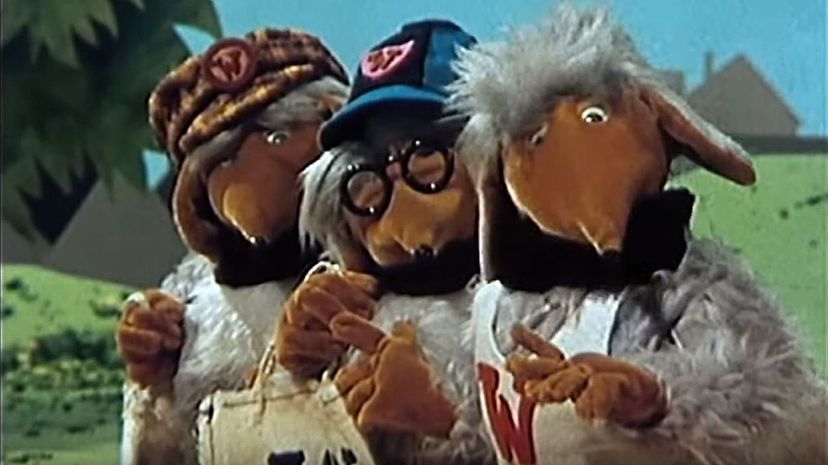
The title characters of "The Wombles" were furry creatures with faces like downturned dunce-caps, who liked two things best of all: playing music and recycling. Adapted from a series of children's books from 1968, the series introduced a generation of children to the concepts of not wasting physical things and being kind to the environment.
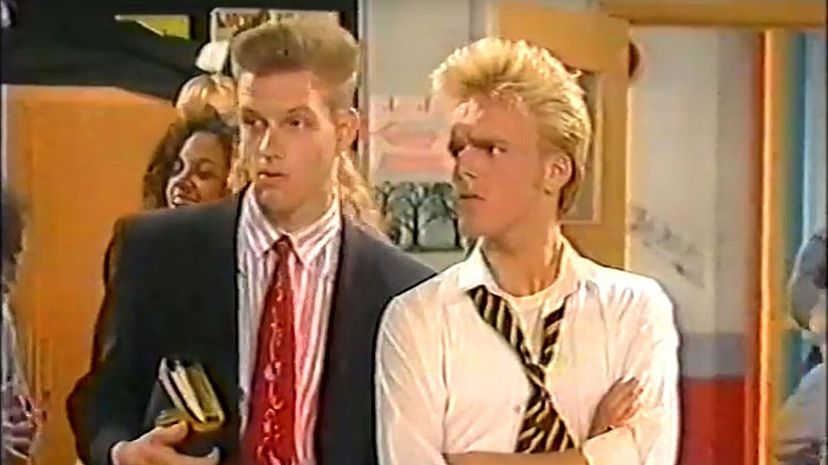
"Palace Hill" was a sitcom about a fictional comprehensive school whose student body included characters based on real people from the royal family, and who once included the very real and very young Princes William and Harry. Giving a satirical treatment to politicians and royals alike, the final season takes place in outer space.
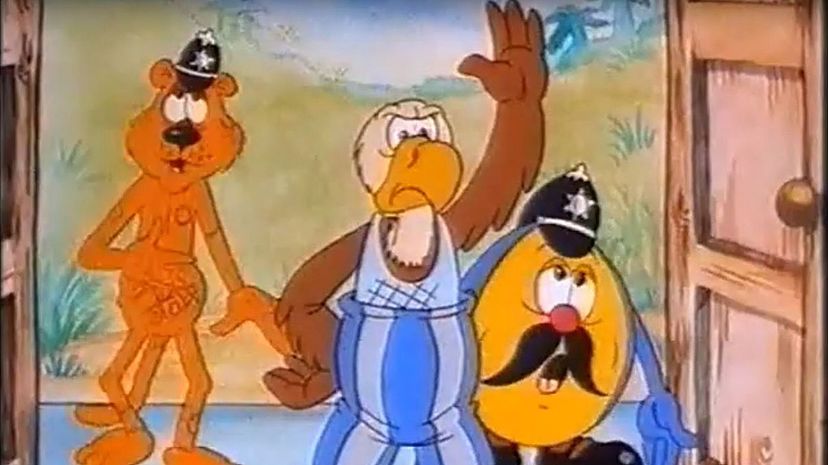
"Juniper Jungle" was an animated show taking place in the Juniper Jungle of the goodies, threatened by the baddies, called The Nasties of a place called Swampland. The villains' antics include the very Derren Brown hypnosis of one of the goodies to become a criminal and other surprisingly dark turns.
Advertisement
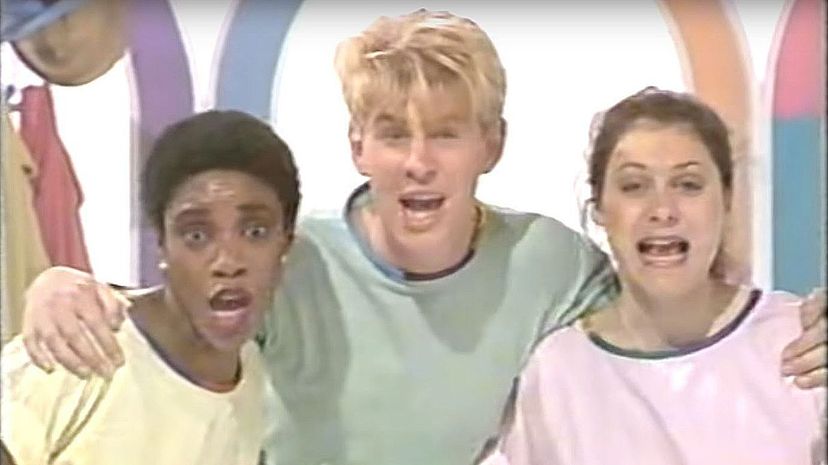
"Words, Words, Words" was a show intended to help children expand their vocabularies, and to instill in them a love of reading. Sadly, it does not appear to have worked well. Packed with musical numbers, storytelling and sketches, it had all the elements of a children's show, except for a willing audience.

"Zingalong" played to what children all love: singing. Rather than having children sing with tone-deaf hosts or lip-syncing with animated characters, "Zingalong" featured real, professional singers, who would perform with the children singing backup.
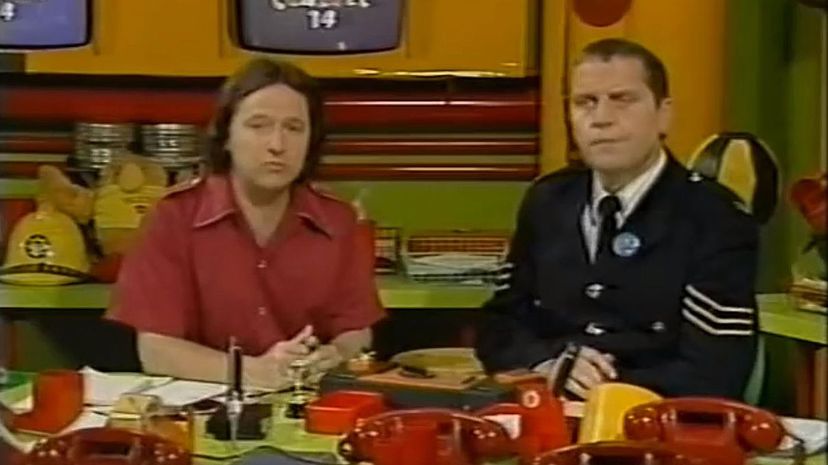
"CBTV," standing for "Citizens Band Television," was a subversive children's show in the early 1980s. The premise of the series was that it was a pirate television station operated by the show's hosts, who had to sneak past a security guard in the beginning of each episode. Focused heavily on popular culture, it featured interviews with bands including Madness.
Advertisement
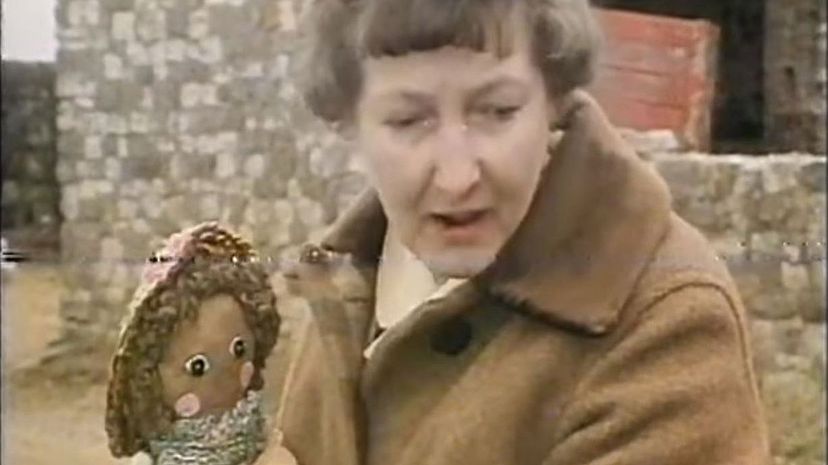
"Ragdolly Anna" was a show in the tradition of the "enchanted toy" trope; a doll, owned by a dressmaker, has adventures with the dressmaker's dummy and their cat. The programme aired for three seasons on ITV.
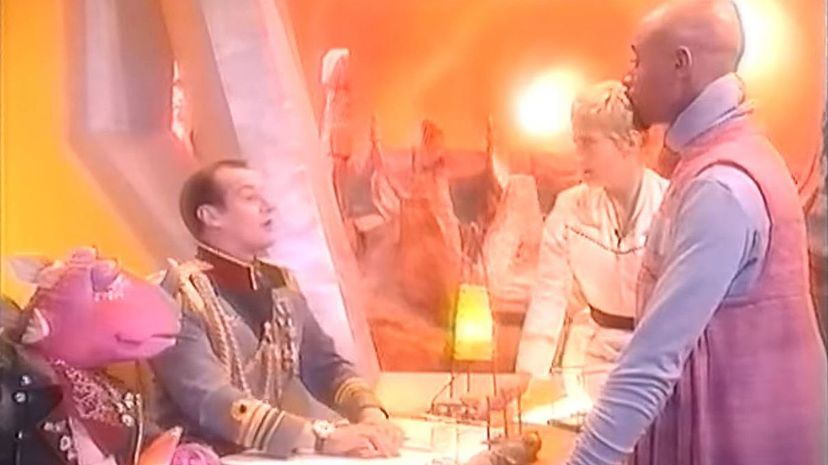
Perhaps one of the strangest premises for Saturday morning children's television, "Parallel 9" followed protagonist Mercator, an alien (puppet) in a space prison where he can only be awake during the hours of the television episodes' airtime. Among other activities, Mercator abducted Earth-celebrities to his prison to interview them.
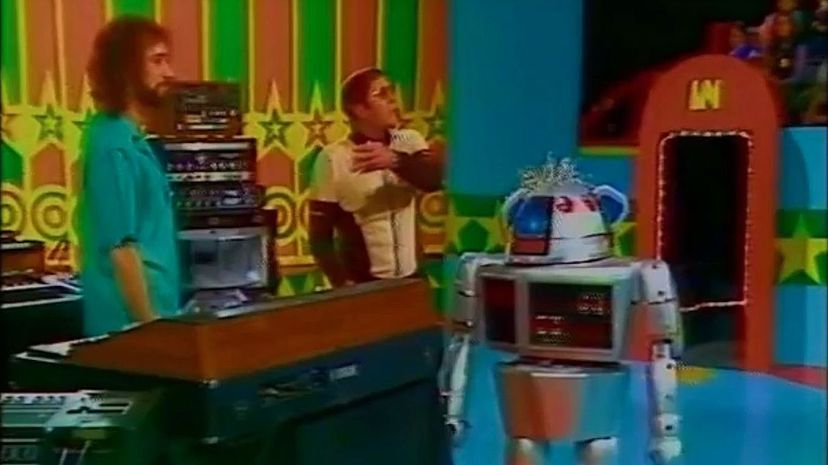
"Runaround" was a general knowledge quiz show pitting two teams made up of pupils from two schools, in which contestants had to physically run into circles to indicate their answers. A British version of an American television programme, the ITV series ran from 1975 to 1981.
Advertisement
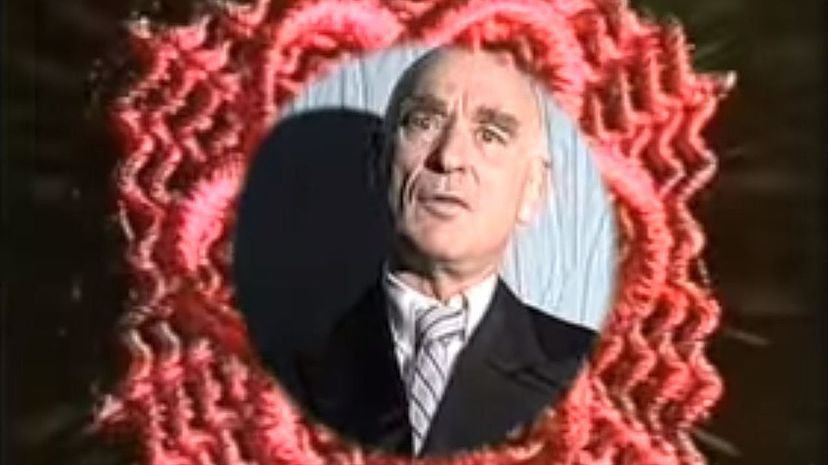
"Erasmus Microman" followed the adventures of two children who, in order to rid their television of a 1,005-year-old man, join him within the world of their television set, to appease him by taking part in learning about science and scientific history. These adventures would include meeting great scientists of the past and eventually helping Erasmus in his pursuit of villain Dr. Dark by studying telecommunications technology.

In ITV's "The Pig Attraction," Billie the Pig, a pig puppet and the show's host, oversaw a programme featuring puppets and teaching its audience about puppetry. Part documentary, it would show professional puppeteers explaining their craft, and the host would interview human actors and puppets alike.
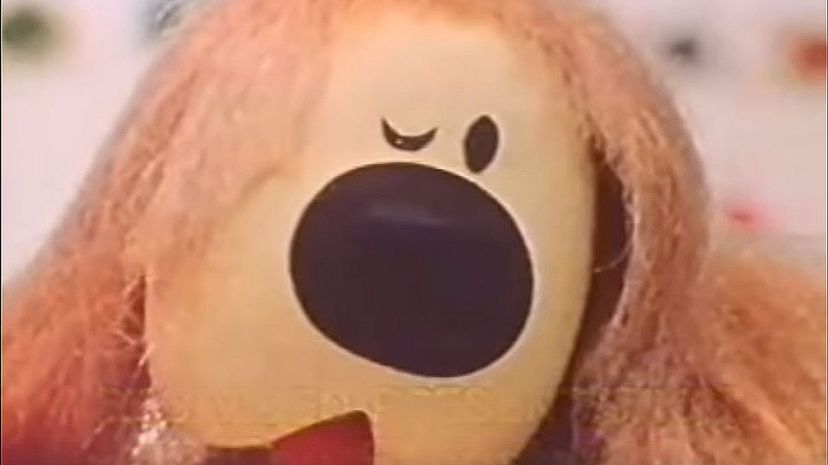
Following the lives of Dougal the dog and his companions, "The Magic Roundabout" featured oddball characters including Zebedee, a magic jack-in-the-box preceded by a "boing" sound, and other, stranger characters including one named for Bob Dylan. One of Ivor Wood's many brilliant products, the show was created by French animator Serge Danot.
Advertisement
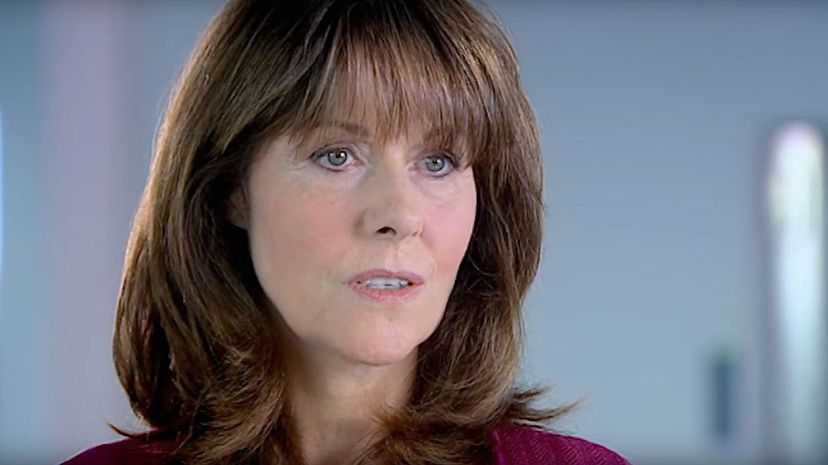
"The Sarah Jane Adventures" followed Sarah Jane Smith, once a companion of The Doctor of "Doctor Who" fame, as she, her adopted son, a neighbor, a friend of her adopted son, and her computer (Mr. Smith) fought the good fight against space aliens and the like. It was a hit critically and in terms of audience, but when the star passed away from cancer, the show met its end.
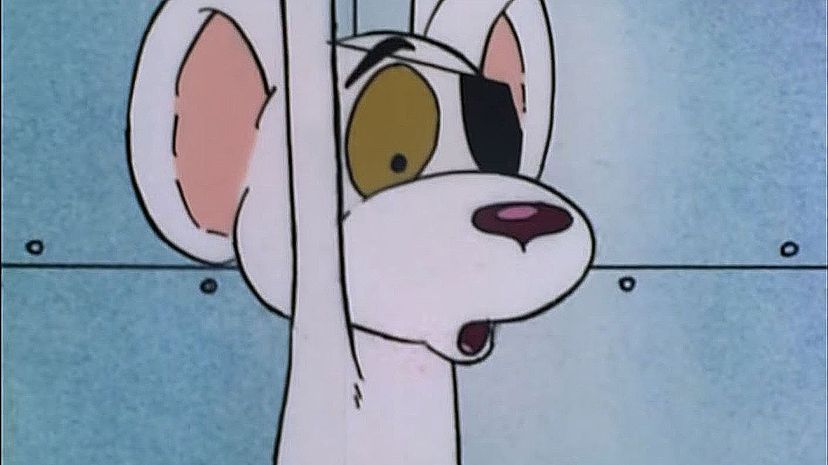
With Roger Moore playing a cartoonish James Bond even children could handle, it only made sense for him to have an animated counterpart. "Danger Mouse" was about a mouse-secret-agent living in a postbox, armed with gadgets, fighting baddies much like 007 would.
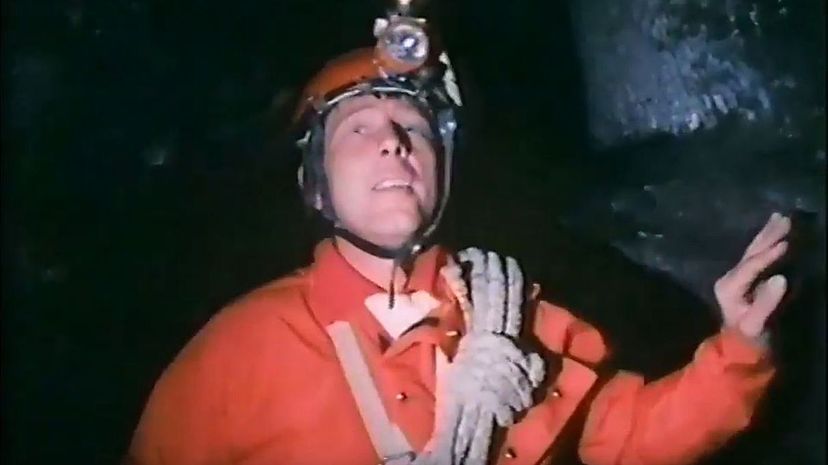
John Noakes, who made his name on "Blue Peter" as the personality viewers could count on to do something both physical and a bit mad, landed his spin-off programme, "Go with Noakes." On this programme, Noakes would push his body to extremes, hiking great distances, training with professional athletes, etc.
Advertisement